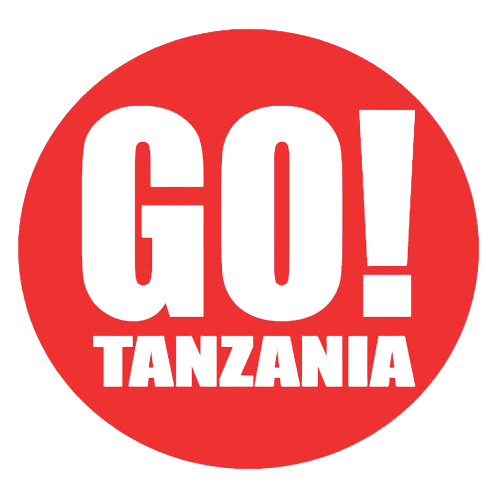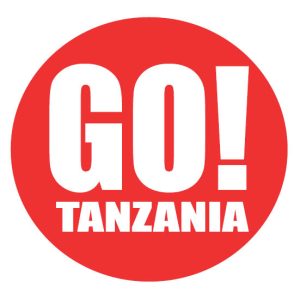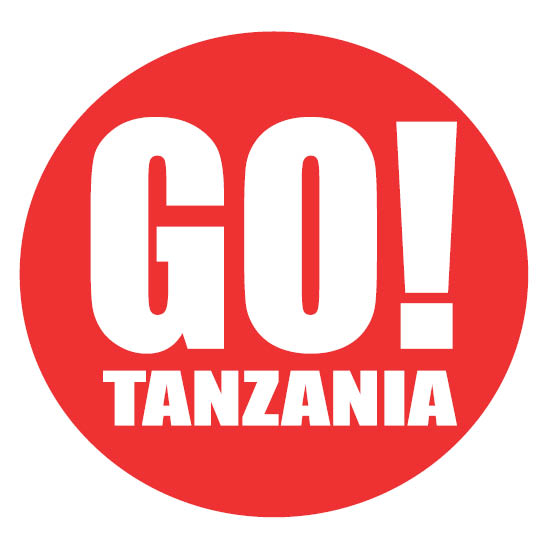
A severe drought across southern Africa, exacerbated by the most intense El Niño event in a century, is wreaking havoc on crops and livestock, leaving countries like Lesotho, Malawi, and Namibia struggling with widespread hunger.
In Lesotho, where nearly a quarter of the population is unemployed and half live below the poverty line, the situation is dire. The drought has affected around 700,000 people, prompting the government to declare a national disaster in July due to the threat to food security.
The country’s reliance on subsistence farming has left 80% of the population vulnerable to the effects of the drought, with many facing their first-ever crop failures.
Daniel Phoofolo, a 55-year-old subsistence farmer in Lesotho’s Butha-Buthe District, exemplifies the crisis. His once-productive plot is now barren, forcing his family to survive on just two meals a day: bread and tea for breakfast, and maize-meal porridge for supper. His wife has left for South Africa in search of work, leaving him to care for their two young daughters.
The drought’s impact is not confined to Lesotho. Malawi, Namibia, Zambia, and Zimbabwe have also declared disasters as the drought decimates crops and livestock across the region.
In Lesotho, district councillor Tshepo Makara notes that this is the first year many farmers have experienced complete crop failure, emphasizing the severity of the situation.
As the drought continues to deepen, the affected countries face growing challenges in securing food and sustaining their populations, with the World Food Programme warning of worsening conditions if the drought persists. No rain.
Source: Agencies



